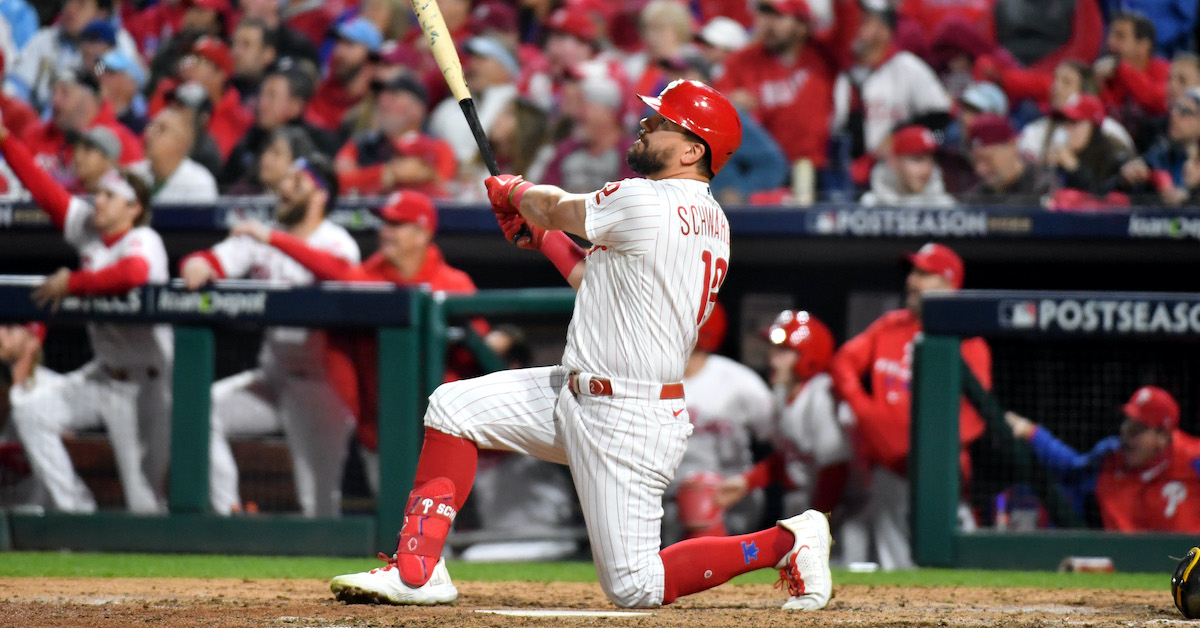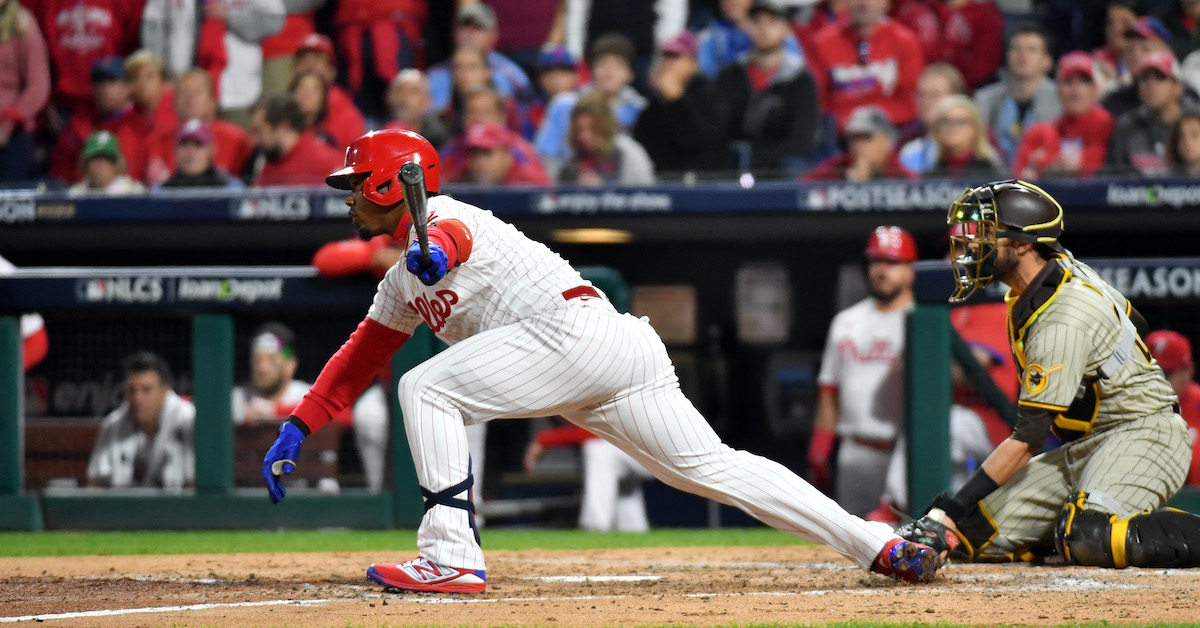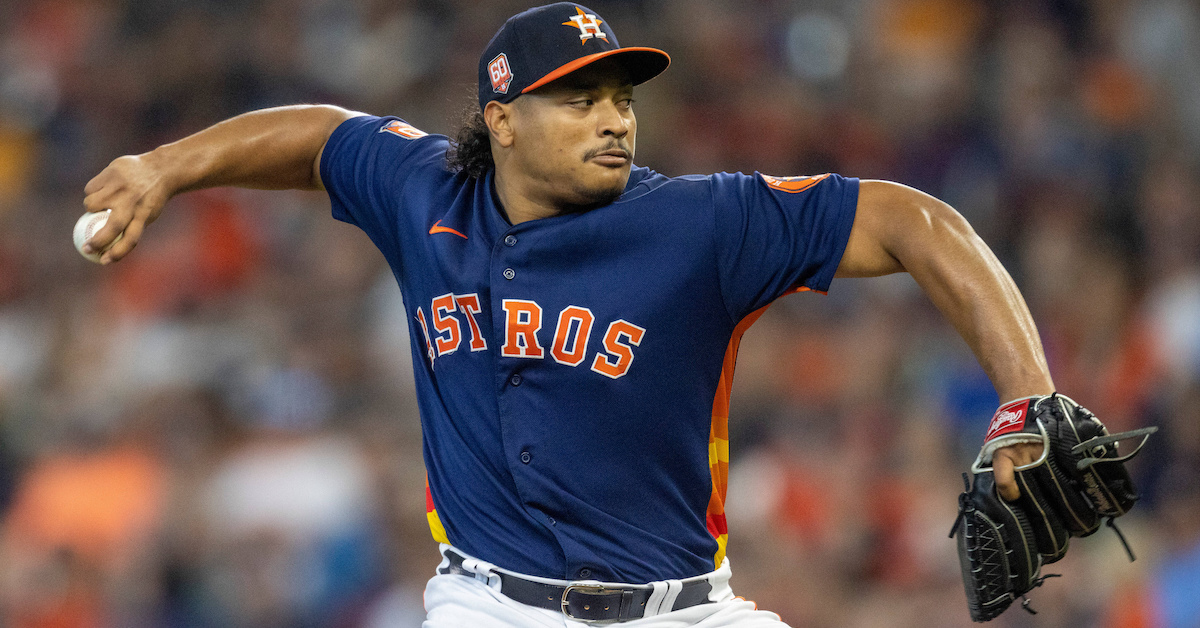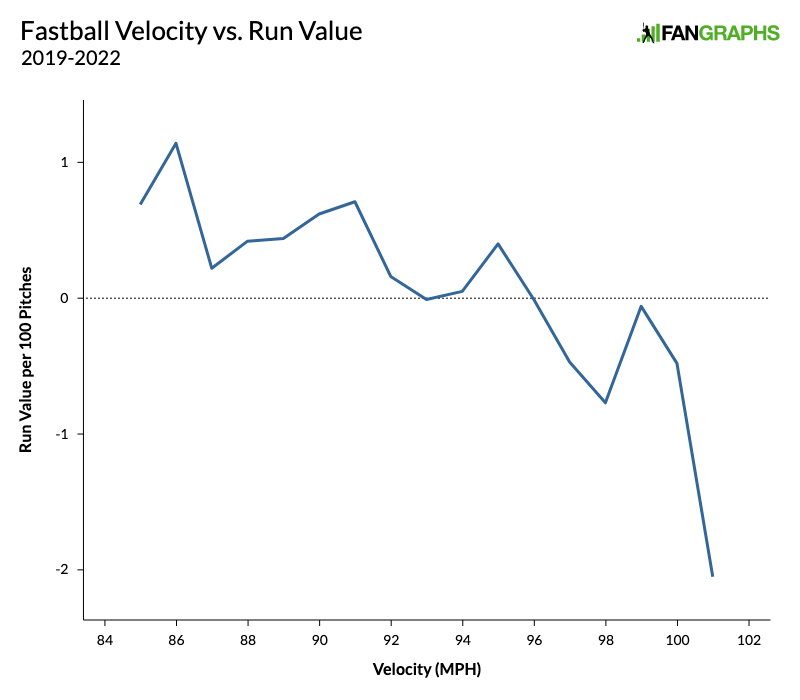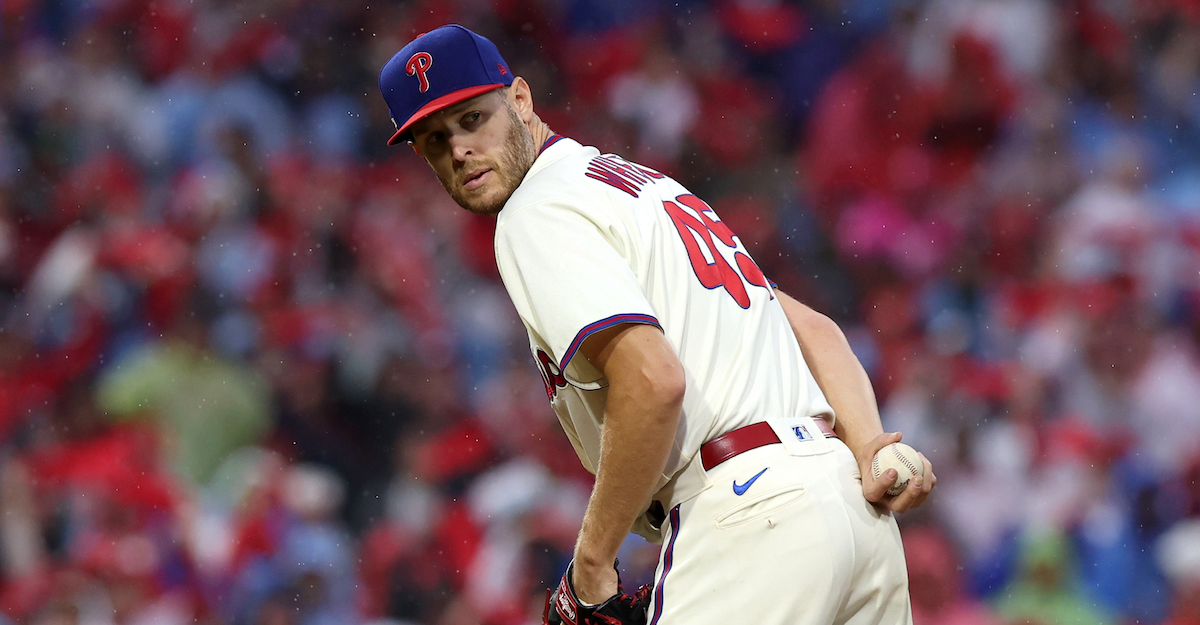Nolan Arenado Is Staying Put in St. Louis

Say this for the Cardinals: They do a very good job of keeping the band together. On Wednesday, the news broke that Adam Wainwright will return to the team for his 19th and final major league season. On Saturday, St. Louis revealed that Nolan Arenado has declined to exercise the opt-out clause in his contract, meaning that he will remain in the fold through 2027, making $144 million (much of it deferred) for the five-year period.
In his second season with the Cardinals, the 31-year-old Arenado set career highs in WAR (7.3) and wRC+ (151) — numbers that ranked second and fourth in the NL, respectively — and hit .292/.358/.533 with 30 homers. He made his seventh All-Star team and is a finalist to win a 10th Gold Glove; if he does win the award, he’ll tie Mike Schmidt for the second-highest total behind only Brooks Robinson (16). As he also led the NL in bWAR (7.9), and therefore edged teammate Paul Goldschmidt in both versions (Goldy had 7.1 fWAR and 7.8 bWAR), he stands a reasonable chance of winning the NL MVP award. But whether or not he does, the Cardinals couldn’t have asked for anything more from their third baseman.
When Arenado signed his eight-year, $260 million extension with the Rockies in February 2019, his contract included no-trade protection as well as the ability to opt out after the 2021 season. His relationship with the organization began to sour quite quickly after that deal came together, however, and he was traded to St. Louis in February 2021 along with $51 million in guaranteed and conditional payments. As part of the trade, he agreed to defer about $50 million, payable over the 2022–41 timespan; accepted a guaranteed salary of $15 million for 2027; and received an additional opt-out after the 2022 season. By opting out either after last year or this one, he could have saved Colorado about $20.57 million from that $51 million figure, but because he’s staying, his old team is on the hook for that money, which includes $5 million annual payments from 2024 to ’26. He’s the gift that keeps on giving to the Rockies’ beleaguered front office. Via Cot’s Contracts, he’ll receive $35 million for 2023 and ’24, and subsequent salaries of $32 million, $27 million, and $15 million. Read the rest of this entry »

